Best Crappie Fishing Tips To Understand About Them To Catch These Papermouths
Are you ready for some butt kicking crappie fishing tips to help improve your angling skills and abilities for catching more panfish?
Developing a great understanding about fish and their behavior is one of the best pieces of advice that I can offer. Which is why I decided to put this together. This section is chalked full of prime information all about crappie.
Most anglers that routinely go fishing for crappie have a keen sense of knowing how to catch them all year round. Of course, this has a lot to do with time and experience out on the water.
But, much of it also has to do with learning as much as you can about them.
Reading up on crappies and talking to other avid fishermen are a couple of other ways to accumulate some reliable crappie fishing tips.
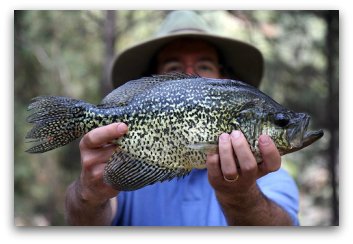
We have listed a few notable crappie tips so that you may have more successful adventures of catching crappie. These tips should allow you to understand the crappies behavior patterns so that you can become a better crappie hunter in your area of the world. We realize that some of these tips for crappie might be obvious to some of you, but maybe not to the next person.
Black Crappie and White Crappie
There are two species of crappie; white crappie and black crappie.
- White crappie generally grows to be a little larger than the black. White crappie usually range from 1 - 1½ pounds, and up to around 5 pounds. White crappie can often be found in murkier, more fertile, stained waters.
- Black crappie usually range from ½ - 1½ pounds, maxing out at around 5 pounds. Black crappie are found more often in ponds, larger streams, and clear, weedy lakes.
Tips About Understanding Crappie
Crappie are primarily a tight schooling fish. They can be found in groups in and around underwater structure or brush. However, much larger size crappie may often be found isolated by themselves away from the larger packs of smaller crappie. This can be around smaller patches of weed beds or in murkier waters of creek channels.
Seasonal Crappie Patterns
Crappie can be caught all throughout the year, but the hottest and most productive times to determine when and how to catch crappie are during the spring and fall, especially from pre-spawn to post-spawn. They can be located up shallow around these times. They tend to hold in deeper water during the colder winter months, and during the warmer months of summer as well.
Crappie Feeding Habits
Smaller crappie will mostly feed on smaller foods like bugs and insects. As they grow larger, their diet evolves to eating larger foods like bait fish, such as minnows and even small gizzard shad. Other than small bait fish, or imitations of bait fish, worms will also be productive as crappie bait.
Crappie Eye Sight
Crappie have very excellent vision. It's been said they can see greater than bluegill, and possibly as well, or even better than largemouth bass. Even with their superb ability to see, they are very sensitive to sunlight. Then again, I don't know of anyone or any well visioned creature that enjoys looking into the sun, right? Regardless, crappie see extremely well in colder water temperatures.
Therefore, smaller diameter fishing lines are best. I prefer fluorocarbon because it's less visible and I'm able to feel more of what's going on at the business end. Also, fluorocarbon line doesn't fray like monofilament does. Mono line will be just fine too.
Best Times To Fish For Crappie
One of the most important of these crappie fishing tips to know is that crappie binge out the most at dusk, dawn and throughout the night. So, along with their spawning seasons, these should be the more valuable times for you to plan around fishing at your freshwater destination.
Catching Crappie Efficiently
Crappie are nicknamed as paper mouths. They have really thin lips that can be damaged from improper aggressive hook sets, resulting in lost fish. All that's needed is a silky smooth, steady upward motion, of course on light tackle. Be sure to periodically check and sharpen your hooks, preferably checking them after every 3-5 catches.
Final Thoughts Of Freshwater Fishing For Crappie
Lastly, one final note for these crappie fishing tips, have fun. Make good use of your time and experience out on the water. Once you get into a couple of crappie fish in a particular spot, you ought to be able to start banging them out one after another.
Get more cool tips and techniques about fishing for crappie with this DVD video called Drop-Shot Secrets Revealed : A Technique For All Occasions
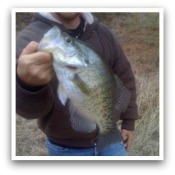



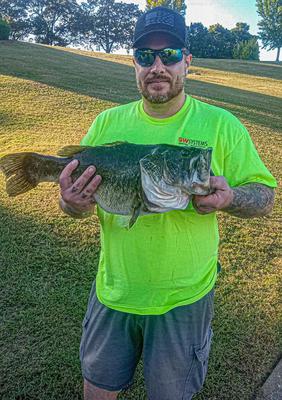
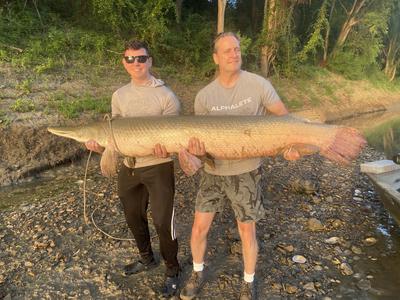
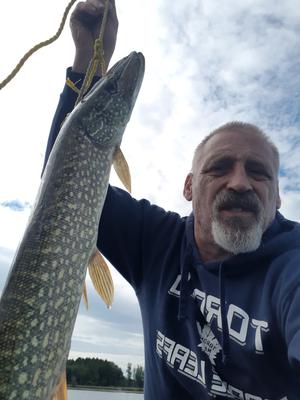
Facebook Comments
Leave a comment, question or tip in the box below.